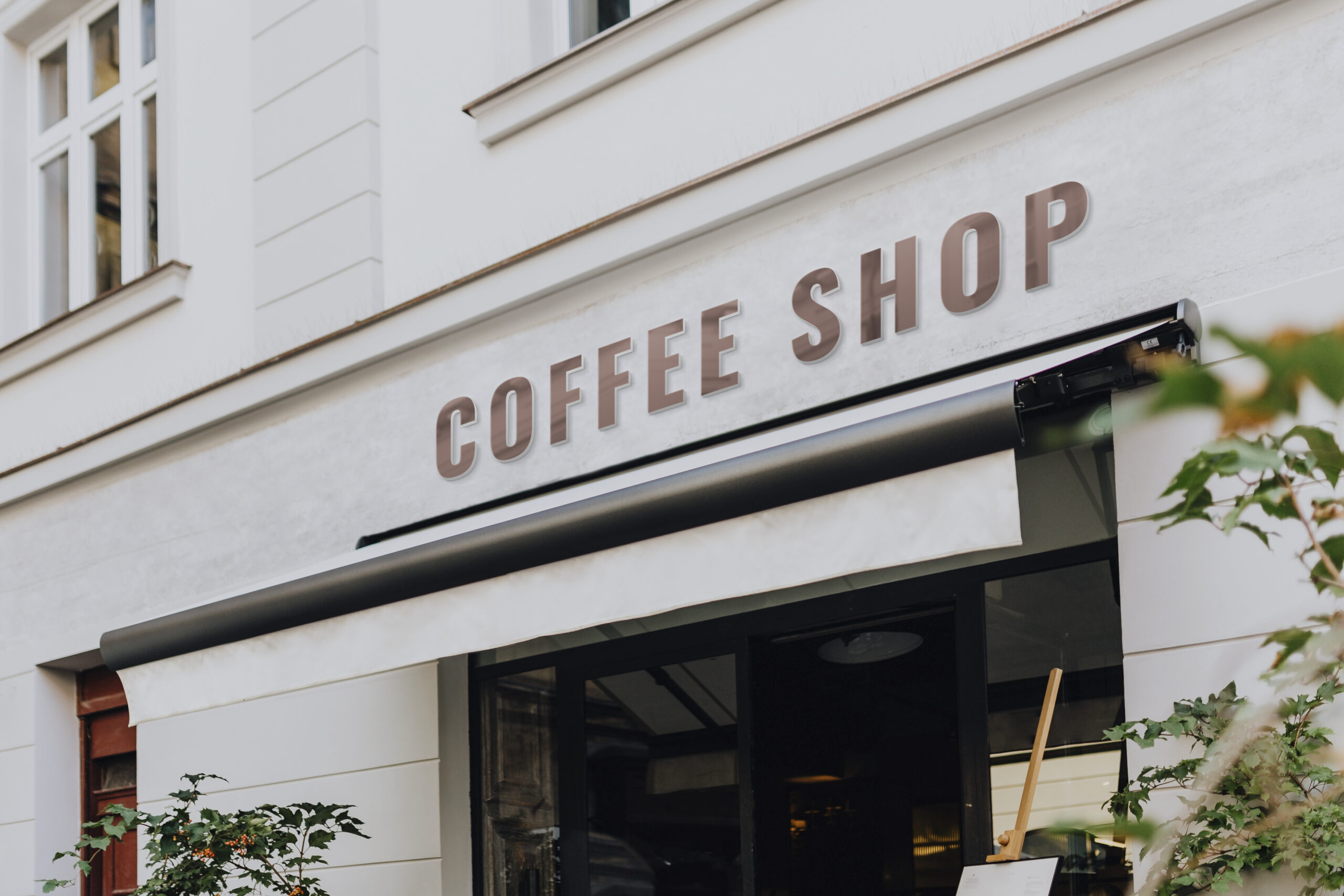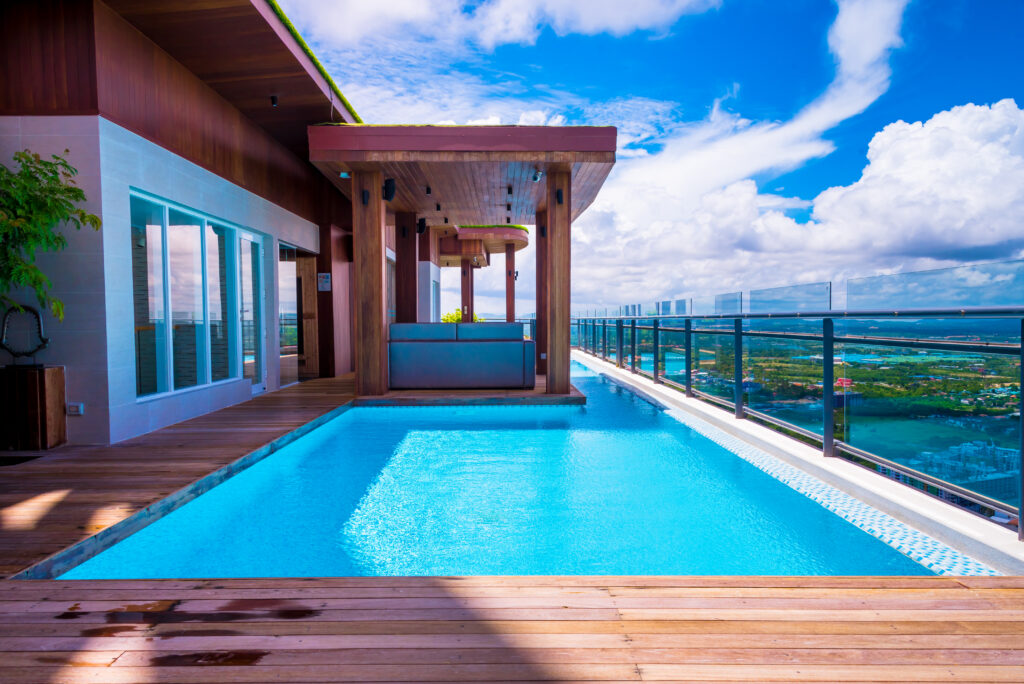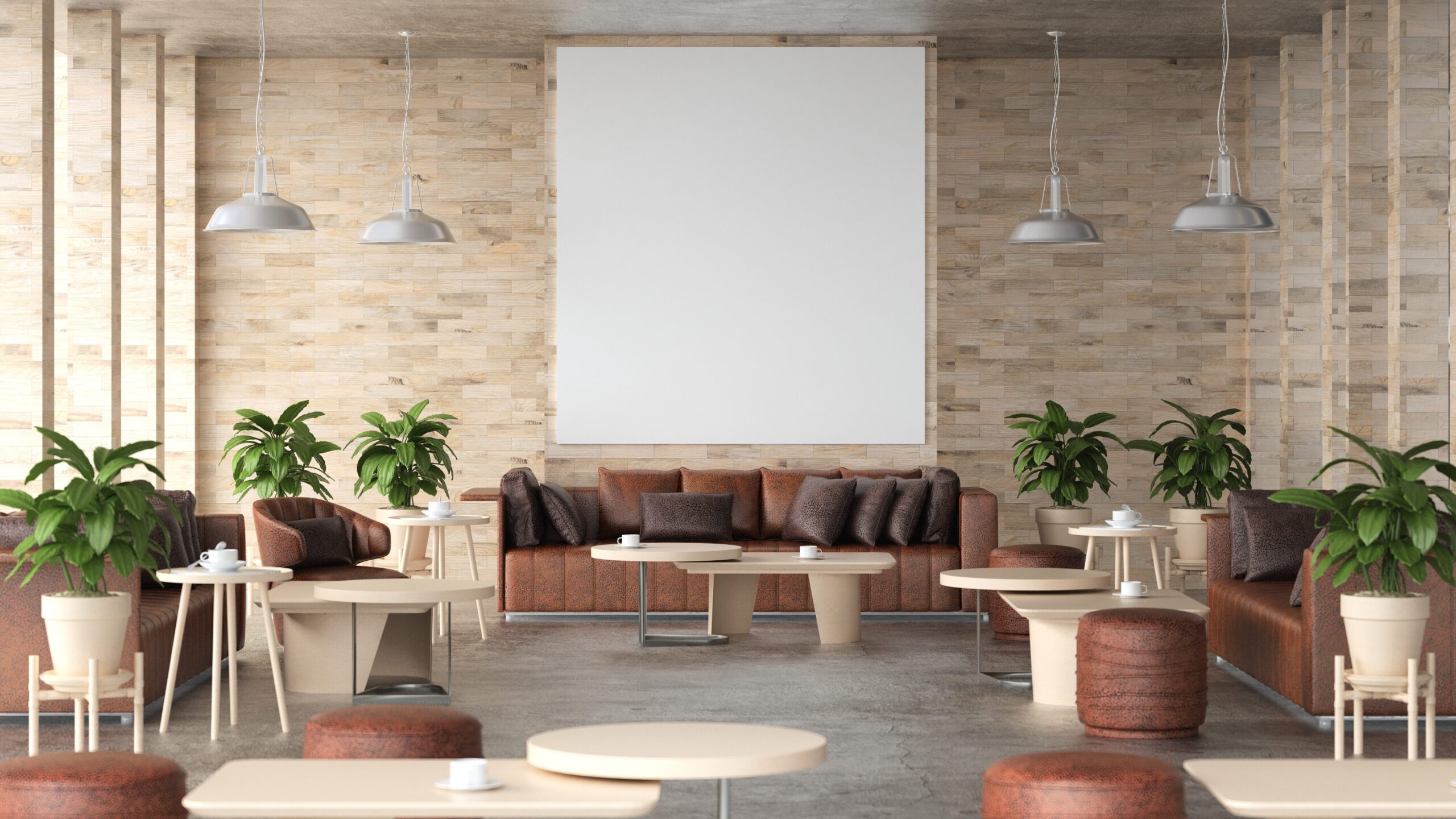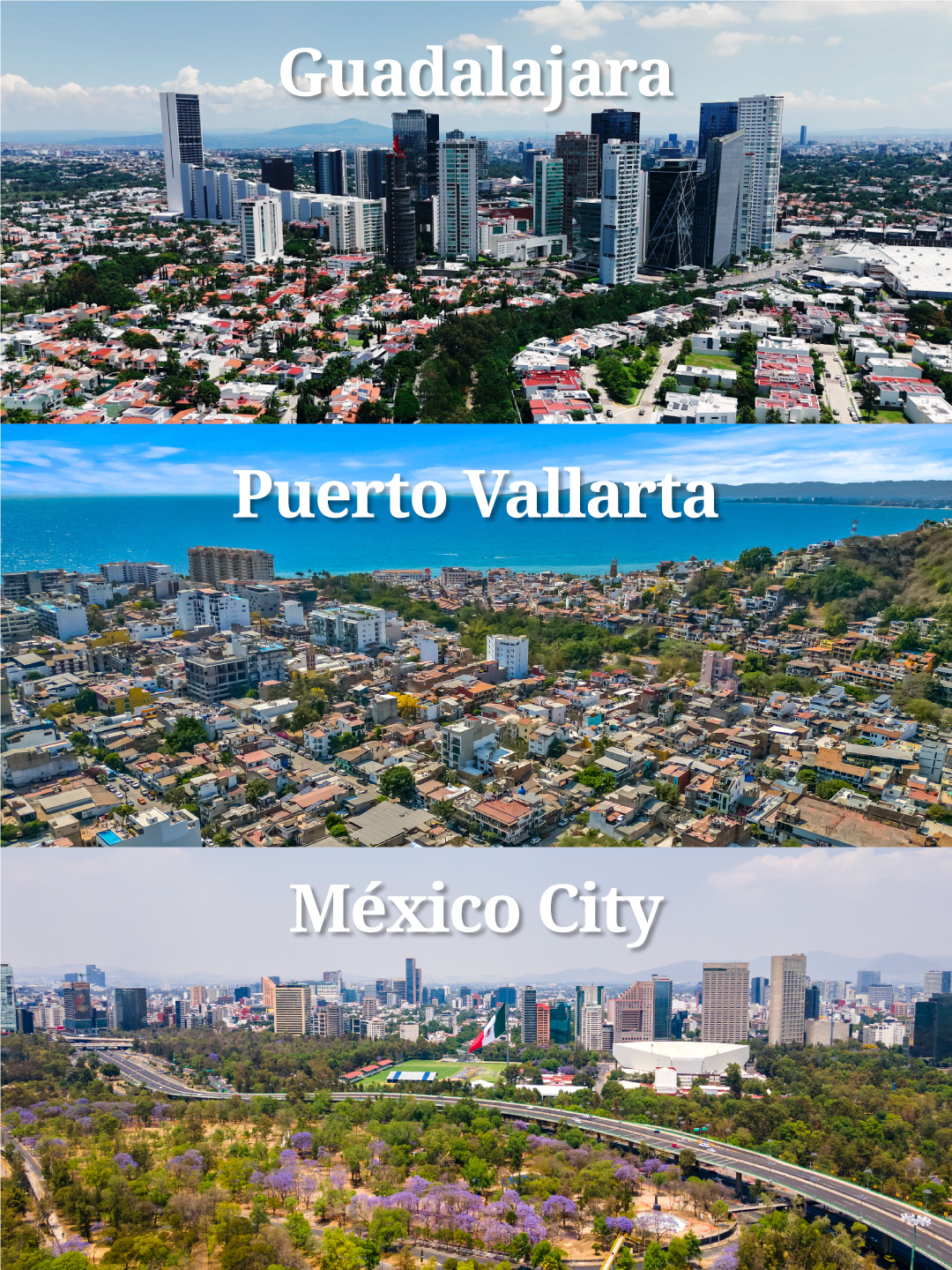The Building as a Development Platform: How to Create Profitable and Sustainable Projects in México
The New Vision of Real Estate Development
The real estate sector in Mexico is evolving. Building housing units is no longer enough—developers must design projects that respond to the changing needs of buyers and investors. Flexible common spaces, sustainability, and long-term profitability are the new keys to success.
In this article, we explore how to turn a building into a development platform, maximizing the value of common areas and creating healthy, connected communities.

Common Areas: From Expense to Profitable Asset
Traditionally, common areas have been seen as a necessary cost in real estate development. However, the most innovative projects have shown that these spaces can generate additional income, increase property value, and differentiate a development in the market.
How to Make Common Areas Profitable?
Smart and Multi-Purpose Design:
- Flexible spaces that adapt to different activities throughout the day.
- Coworking areas, rooftops, and event rooms that can be rented.
- Parking lots that transform into fair or market spaces during off-peak hours.
Monetization Models:
- Memberships for gyms, pools, or recreational areas.
- Renting spaces for events, meetings, or community activities.
- Shops, cafes, or businesses that complement the lifestyle of the development.



Success Story: A development in Mexico City incorporated a coworking space open to the public with a subscription model, generating recurring revenue and attracting new buyers.
The Impact of Sustainability on Profitability
Investing in sustainable technologies not only reduces environmental impact but also improves project profitability by lowering operational costs and increasing market appeal.

Keys to a Sustainable and Profitable Development:
- Energy efficiency: Solar panels, LED lighting, and motion sensors reduce electricity consumption.
- Rainwater collection and recycling systems: Benefit both the environment and maintenance costs.
- Eco-friendly materials and bioclimatic design: Maintain comfortable temperatures with less need for air conditioning or heating.
Example: A residential development in Monterrey reduced its energy costs by 30% by integrating solar panels into its common areas, allowing for lower maintenance fees and attracting buyers interested in sustainability.
Location and Connectivity: Key Factors for Investing in México
Mexico offers multiple opportunities for real estate investors, but choosing the right location is essential for a successful development.
Where to Invest in Mexico?
- Cities with high housing demand: Monterrey, Guadalajara, and Querétaro continue to grow due to their industrial and technological development.
- Tourist destinations with real estate growth: Areas like Tulum, Puerto Vallarta, and Los Cabos have experienced a boom in residential and investment projects.
- Urban areas with regeneration potential: Emerging neighborhoods in Mexico City, Mérida, and Puebla are transforming into high-demand residential zones.

Marketing Strategies: How to Sell Real Estate Projects with Added Value
To ensure the success of a real estate development, construction alone is not enough—it is crucial to communicate its value effectively.
Effective Real Estate Marketing Strategies:
- Customer Experience: Implementing virtual tours and events in common areas to showcase their functionality.
- Use of Technology: Augmented reality platforms and 3D tours to attract international investors.
- Strategic Partnerships: Collaborating with brands, renowned architects, and local businesses to generate greater interest.
Success Story: A development in Riviera Maya sold 80% of its units during the pre-sale phase by organizing exclusive experiences for investors in its common areas before project completion.
Conclusion: The Future of Real Estate Development in Mexico
Developers looking to invest in Mexico must embrace an innovative and sustainable vision. Well-designed common areas are not an expense but an opportunity to increase profitability, enhance user experience, and stand out in the market.
Is your next real estate project ready to become a platform for growth and community?
If you are looking for expert guidance or want to explore investment strategies in Mexico, contact us and let’s grow the future of the real estate sector together!

